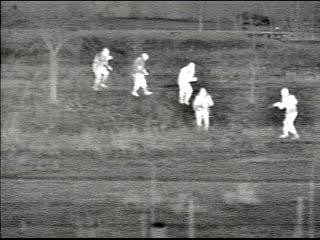The Real-World Resolution Requirements
I was not sure what to call this article. I first thought it should be titled, “Why The Johnson Criteria is Wrong.” We use this criterion to predict how far away we can see something using a specific camera and lens. The criteria define the threshold for detection, recognition, and identification (DRI). The industry has used this criterion since World War II. It has not been updated to reflect today’s technology and resolution requirements.

Better criteria can help us select the right long-range camera for an application. It can be used to predict the working distance of long-range thermal and optical camera systems.
Continue reading “Detection, Recognition, Identification: The New Criteria”